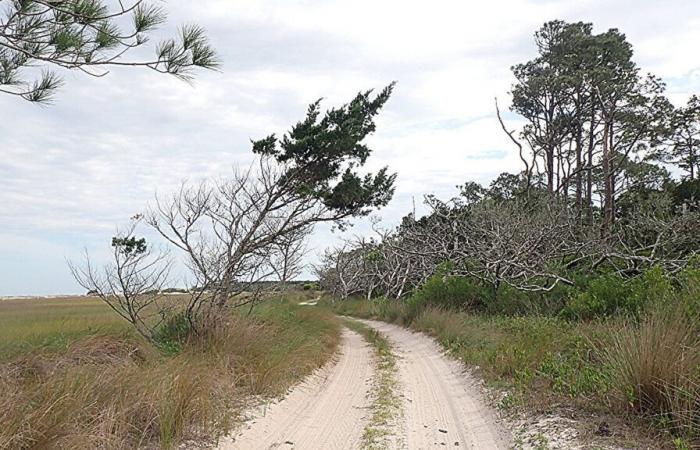The communities of the small islands are on the front line of the worsening of flood risks – not only from serious storms but from the flooding events of persistent tidal lights. Scientists believe that within 15 years, model floods could triple two-thirds of the communities along the Oriental coasts and the Gulf of the United States.
The elevation of sea level and tidal floods can vary depending on the morphology of local lands, offshore bathymetry and the direction and the intensity of the wind. To test how a community scientific partnership could better determine the risk of flooding, C. Bertram and his colleagues have focused on the island of Little Cumberland, in Georgia. The community includes approximately 40 residences connected by non -cobbled roads, although no road connects it to the continent.
In 2021, residents of the island agreed to authorize teachers and students from the College of Coastal Georgia to carry out research on the island. They asked researchers to focus on the development of a means of predicting the frequency and severity of future floods and, ultimately, to give an overview of how to develop more resilient roads.
Over the next two years, researchers have visited the island every one to two months. Each time, an island resident welcomed the team for dinner and shared stories about past flood events and some of their biggest concerns. Scientists have shared research updates with residents, including water pressure records in areas subject to floods and comparisons between measurements at high wind improvement and planned tidal floods.
Residents reported that the floods of low debate roads have become more common over time and that this flood was worse when the winds arrived from the northeast. The measures of the researchers, who supported these observations, allowed the team to determine how wind speed affects the tide floods and predict the frequency of future floods.
The researchers suggest that the classification roads so that they plunge down the sides, combined with the increase in the size of the sediment used for the high gravel sand roads, could be sufficient to protect the roads until 2030. However, they predict that in 2040, “nuisance floods” of 30 centimeters or less will be double to triple frequency.
Considering the results, which are now published in the journal Community scienceThe researchers suggest that more permanent changes to the roads, such as the construction of a raised wooden bridge, should be implemented during the next decade. They note that although the project has succeeded in responding to the concerns of residents and in incorporating local knowledge, future work could still involve community members in data interpretation and the development of recommendations.








